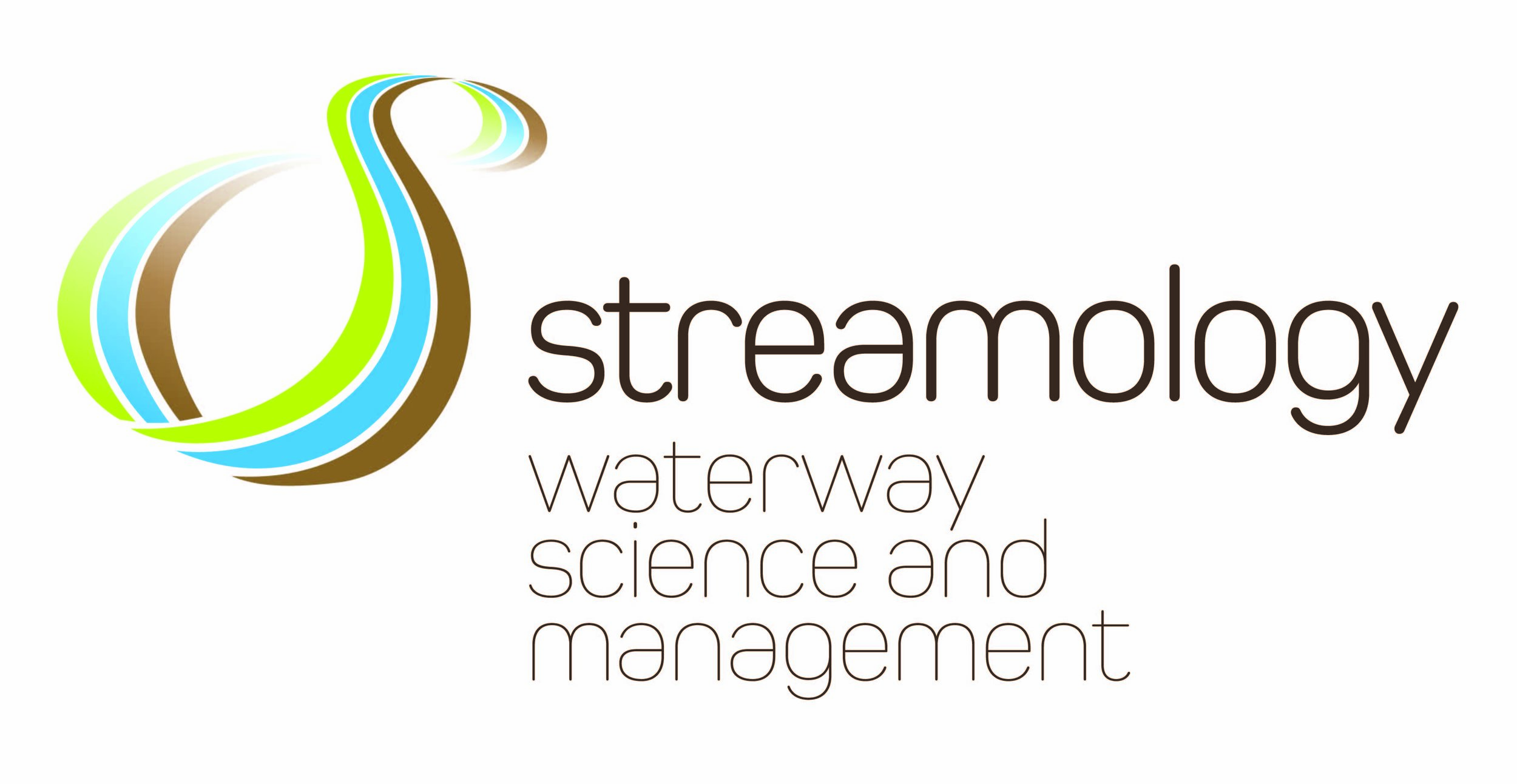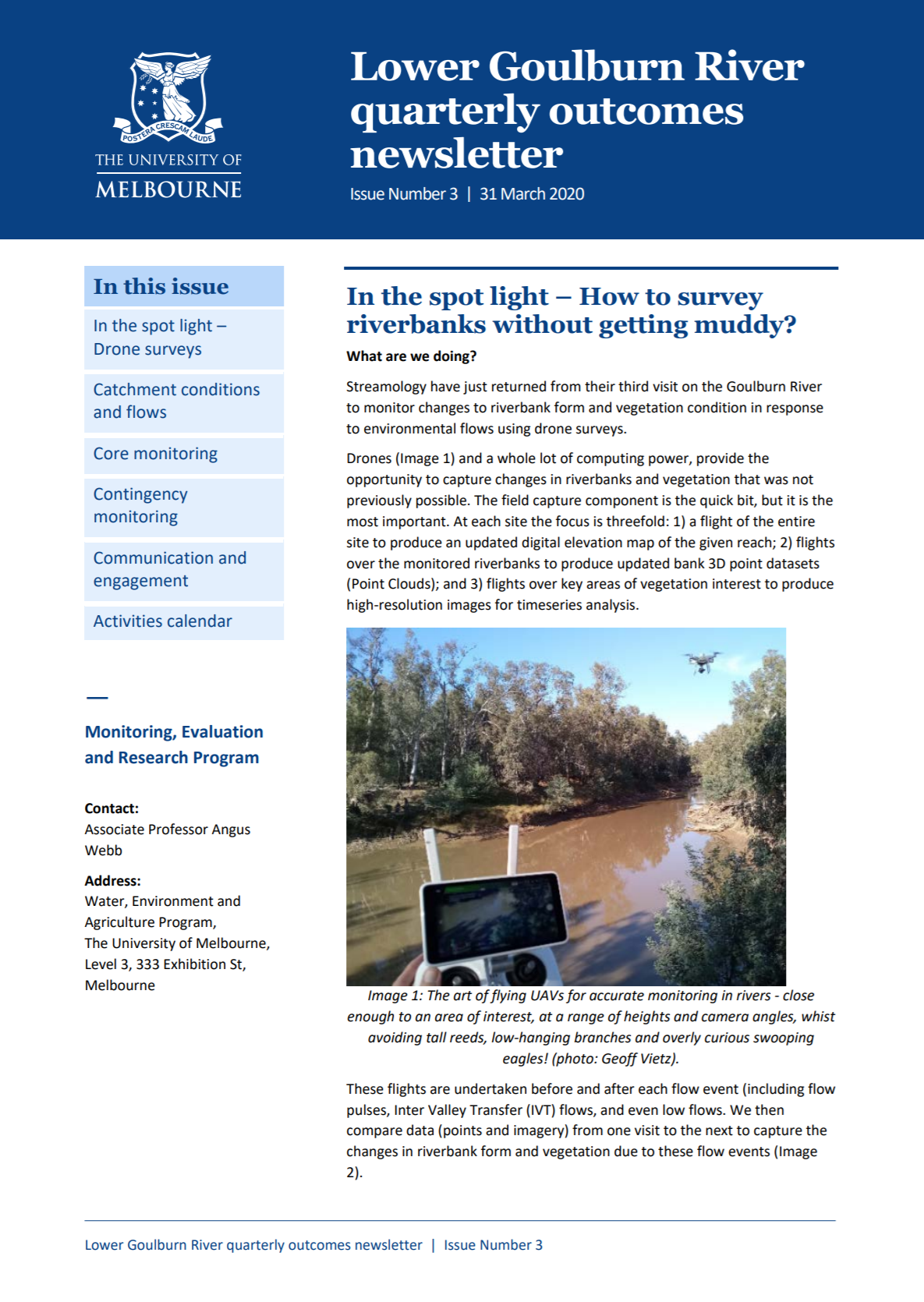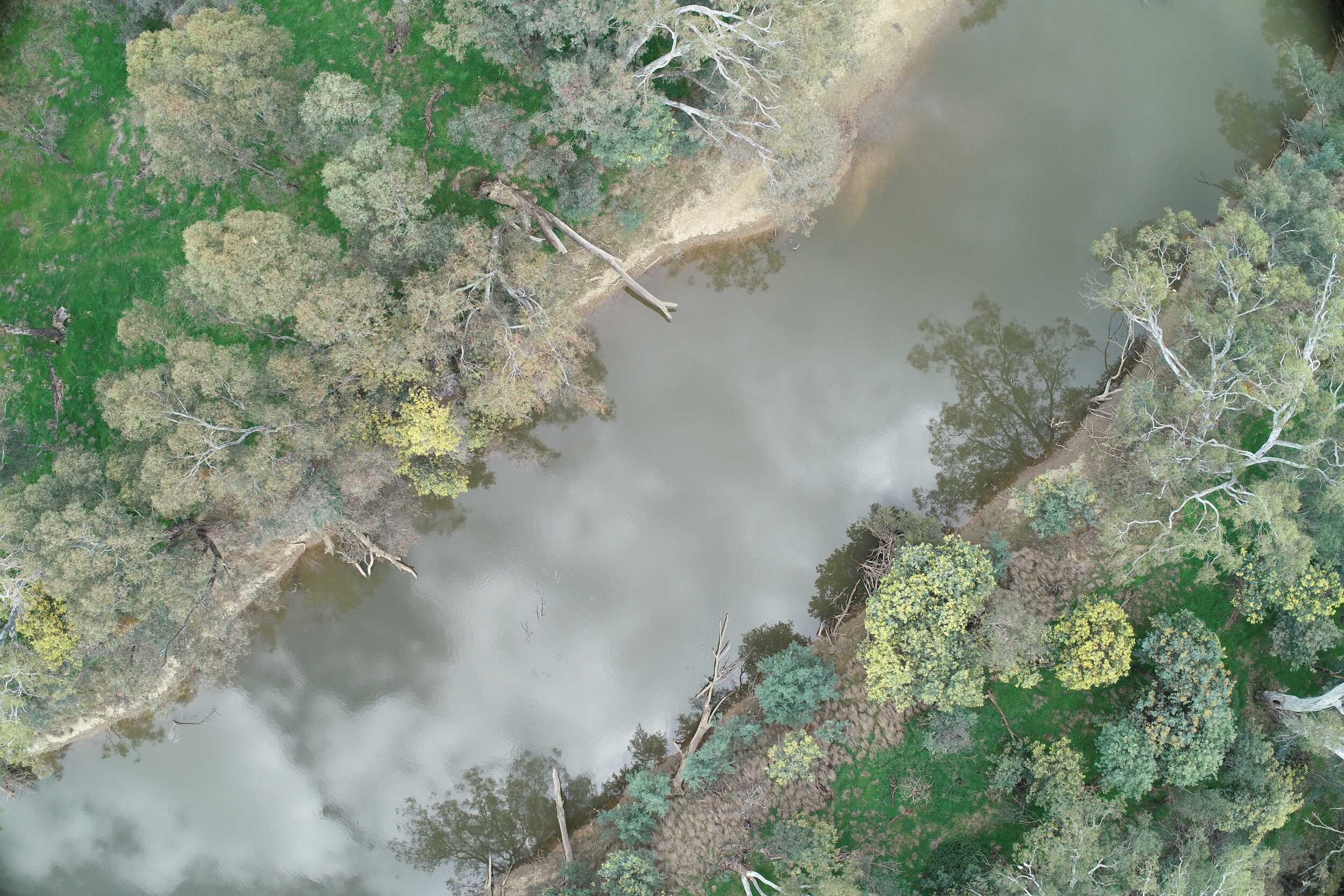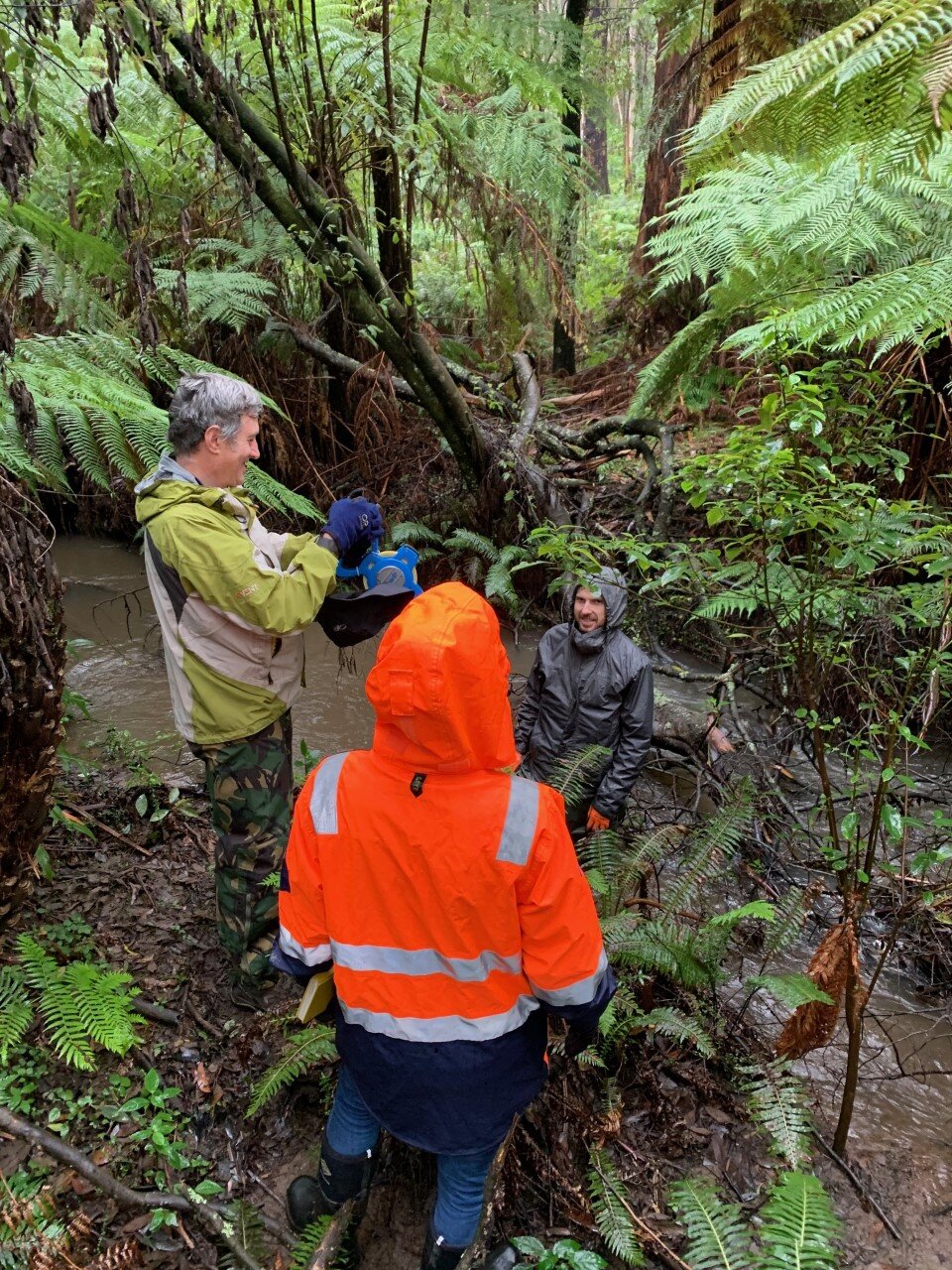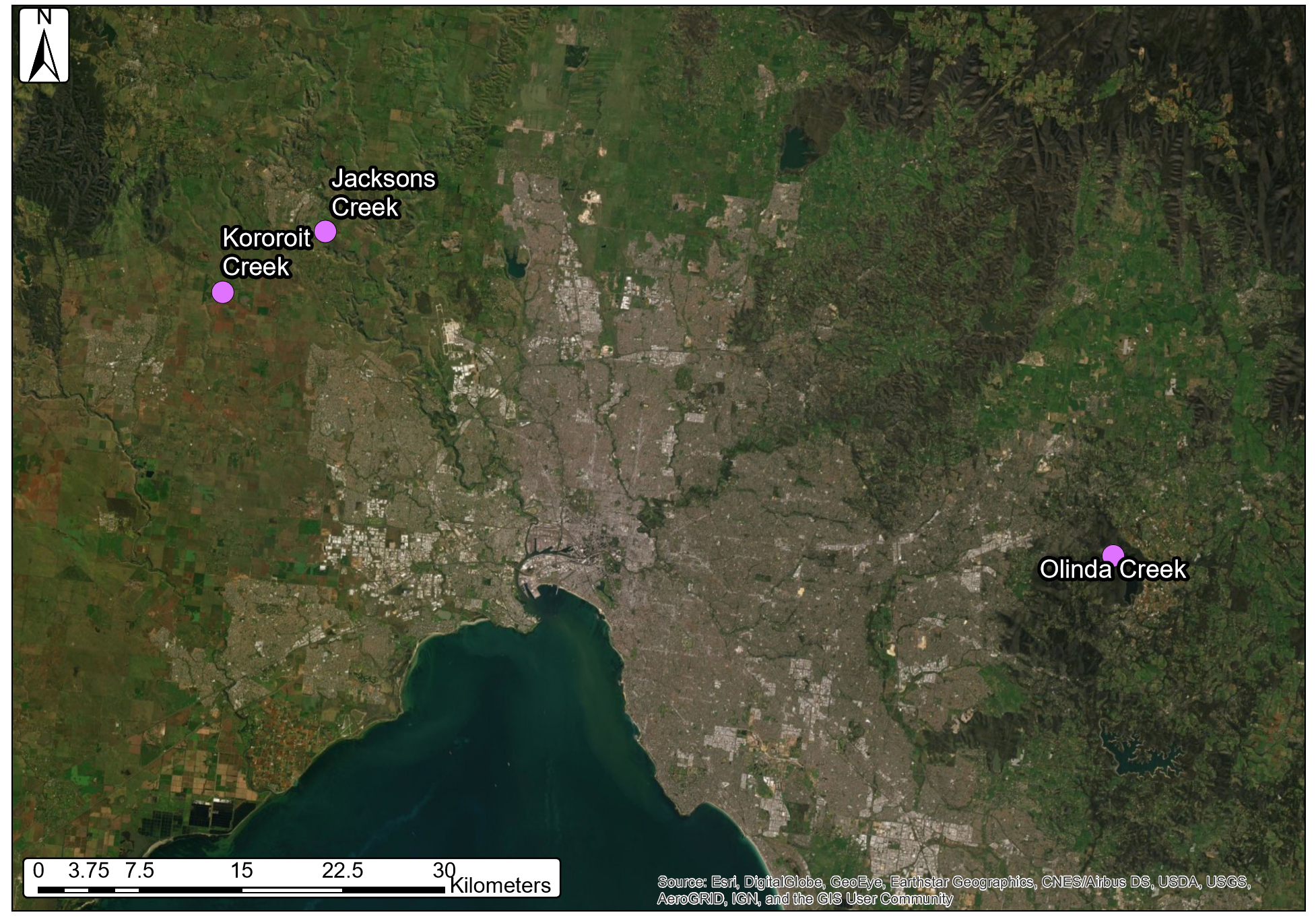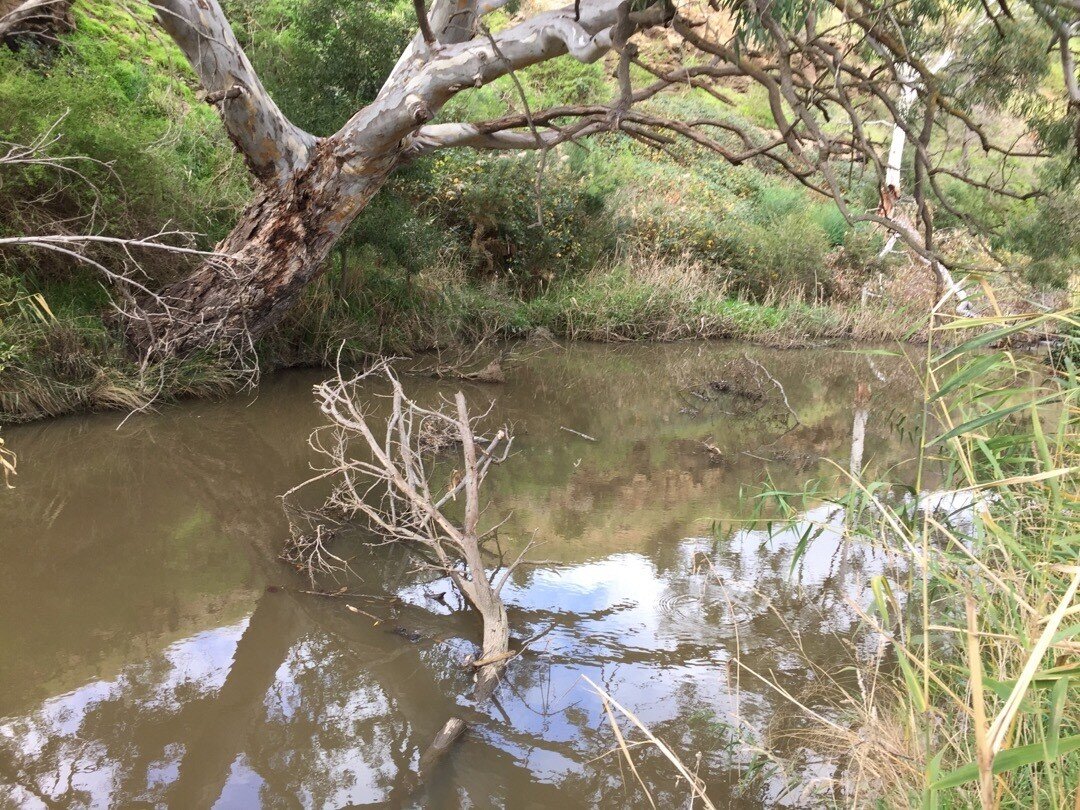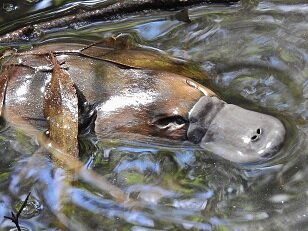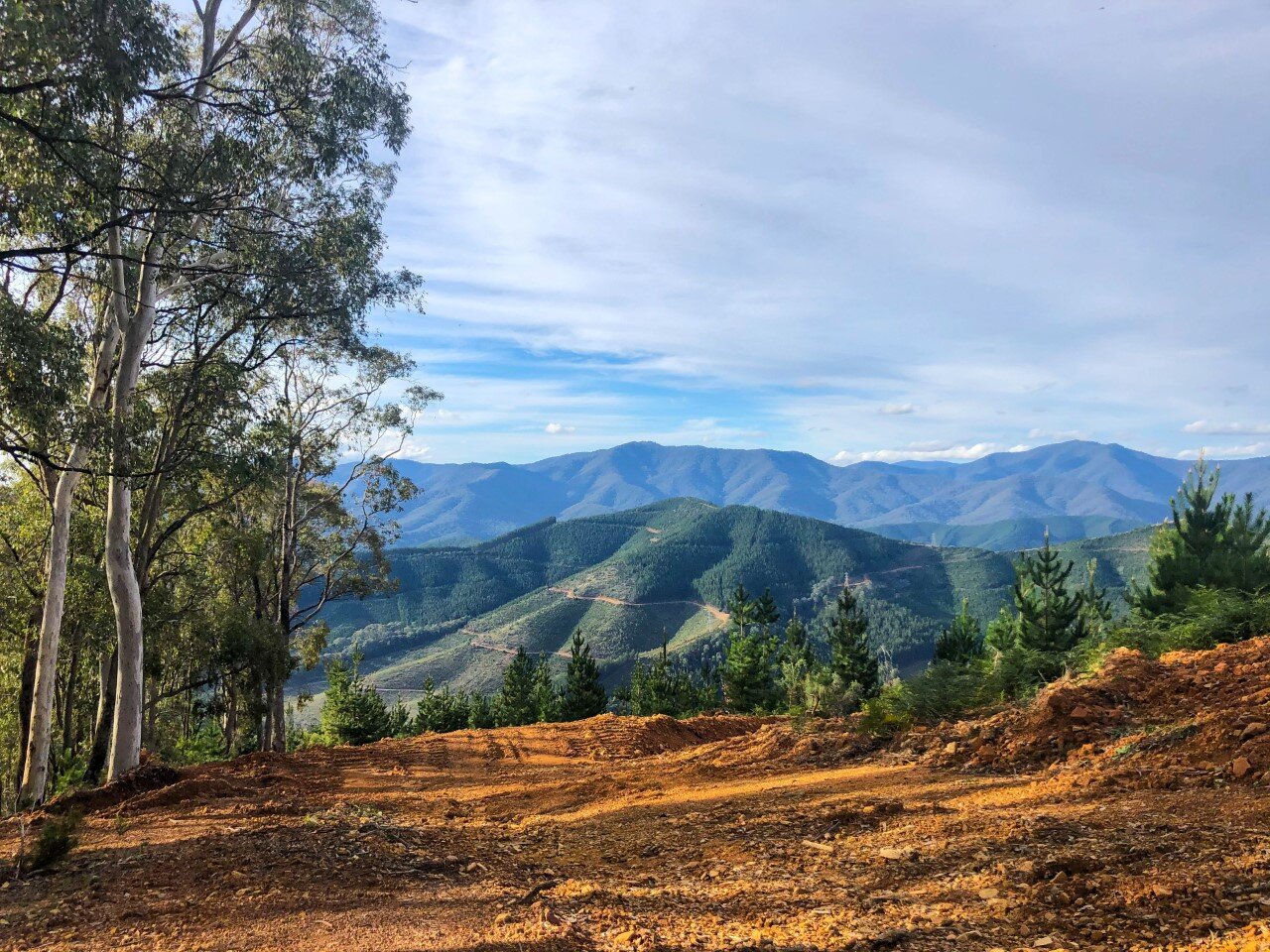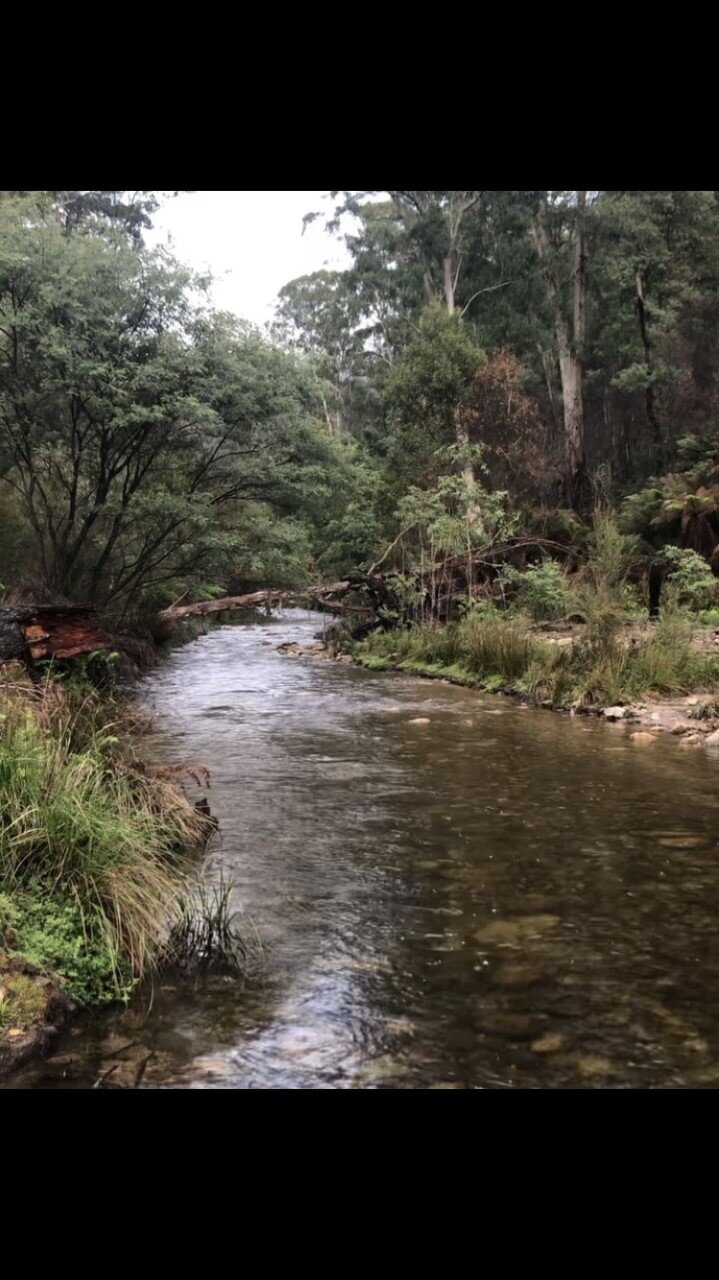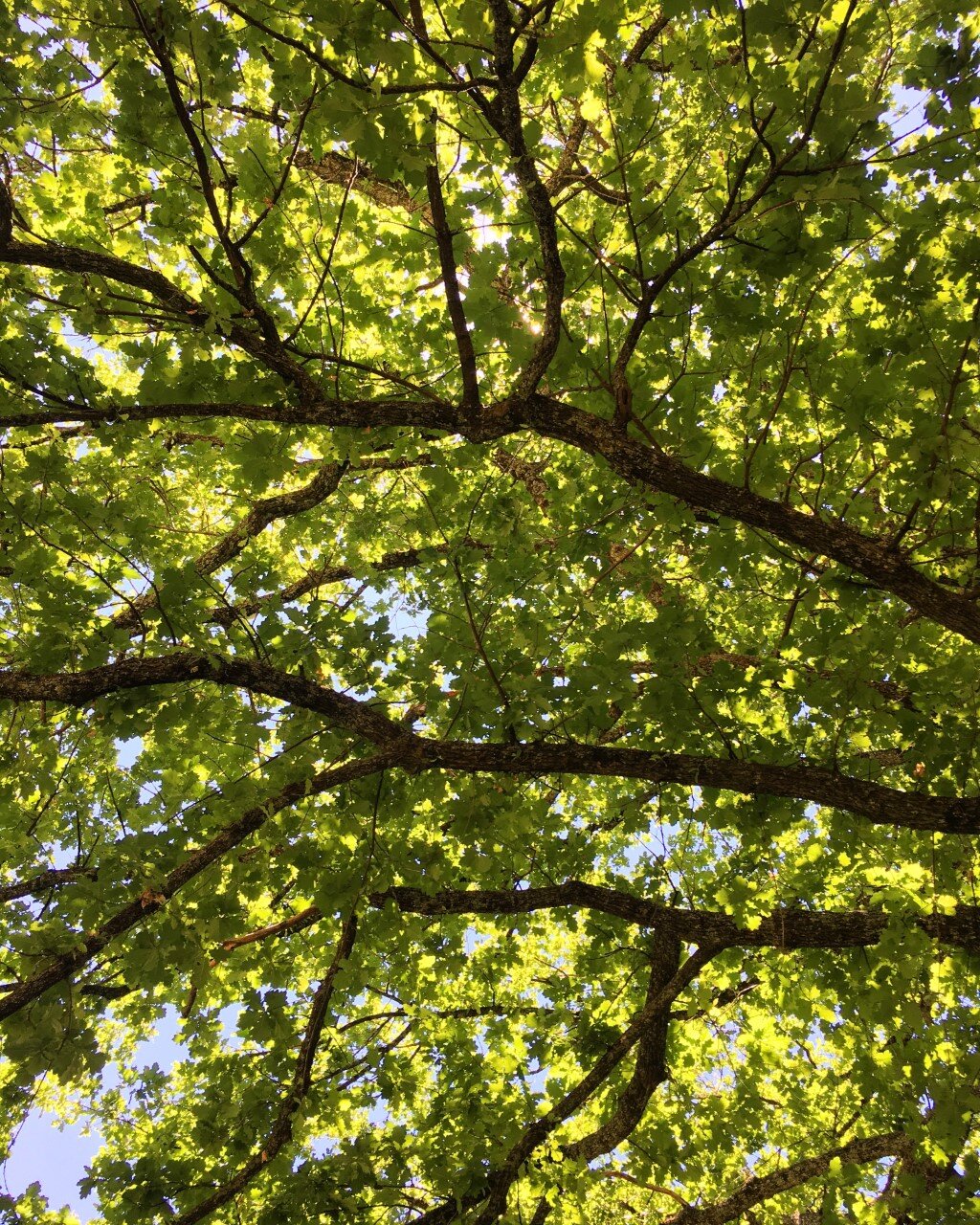June NewsStream
Greetings from our working from home satellite ‘offices’.
Shoes are optional, and babies and pets in video calls are most welcome.
We’ve been through another 2 months of remote working, and the team has been getting into full swing.
Although it’s sad that we haven’t seen each other face to face in a long time, we’re all grateful to be able to find ways to make it work, and keep it fun in absentia.
Please enjoy our newsletter, focused on what’s been going on, and what we’ve been contributing to the Australian waterway science industry.
Technical advancements and drones in the sky!
Eagles haven’t been the only things roaming the sky around the Goulburn River. The Streamology team has been out again collecting valuable data used to measure changes to the bank (erosion/deposition) in response to environmental flows. Environmental flows are often seen as a controversial topic, so we’re excited to be here letting the data tell the story.
Using drones for this application is an innovation by Streamology, and one that has been consistently evolving over the last few years.
If you’re interested to learn more, Melbourne University has put our research in the spotlight in its most recent quarterly newsletter!
A new user-friendly way to assess waterway condition in the field
Last year Streamology developed with Melbourne Water a Waterway Physical Form framework, to inform monitoring and management. This desktop tool uses some new tricks in extracting data from Lidar, and other spatial datasets, to provide insights into a variety of metrics including bank condition, levels of incision, waterway sensitivity (to change), catchment stressors and associated risks.
And now, this year, we’ve recently developed an accompanying user-friendly field assessment method, which allows staff to visit waterways and undertake surveys to monitor changes to bank condition which are associated with different waterway values.
The culmination of these tools allows Melbourne Water staff to monitor changes, identify risks, and manage waterways strategically to preserve the identified waterway values. By viewing changes through the lens of ‘what impact do these changes have on the values that matter most’, we are armed with concise data to inform our decision making.
With all of our staff having lived, or currently living in Melbourne, we all have a connection one or more of these waterways, and feel strongly about providing tools and distilling knowledge so that it can be used to improve environmental condition.
Mapping, identifying and maintaining platypus habitat on Diamond Creek (VIC)
Streamology has been putting the new value-driven field procedure into practice on lower Diamond Creek to map platypus habitat from a waterway condition perspective.
Platypus are a highly valued iconic species in Australia, including in Diamond Creek in Melbourne’s North-Eastern green corridor. Streamology has been working closely with Ecology Australia and world leading platypus scientists at the Australian Platypus Conservancy to measure aspects of bank condition that are critical indicators of platypus habitat quality. By targeting field-measuring protocols to values, the impacts of any changes to the waterway can be clearly interpreted and acted upon.
For platypus, this means that any changes to the waterway’s bank condition will automatically be considered with respect to platypus habitat, to ensure the protection and enhancement of habitat for these iconic creatures.
Thomson River Environmental Flows - Working towards a joint vision
Streamology recently undertook a project to update the 2003 Environmental Flow Recommendations for the Thomson River on behalf of West Gippsland CMA (WGCMA). The flow recommendations determined by the Environmental Flows Technical Panel (made up of Streamology staff and ecological experts), in collaboration with staff from the WGCMA, identified the flow components required to sustain a healthy Thomson River that runs as a continuum from the headwaters in the mountains to the Gippsland Lakes and, eventually, to the sea.
Competing demands for water from consumptive, irrigation and environmental uses from the Thomson River results in a resource that is in high demand (and growing). Already, over 60% of the water that flowed down the Thomson River system before the construction of the Thomson Dam is extracted for human use, principally as potable water and for irrigation water.
The key to success for this project was setting a clear vision of the Thomson River early on in the process: A living river, from mountains to sea, that sustains social, cultural and ecological values, contributing to the health and prosperity of the Gippsland lakes and broader region.
The living, connected river vision recognises the Gunaikurnai people's beliefs that "the land (Wurruk), waters (Yarnda), air (Watpootjan) and every living thing" (Gunaikurnai Land and Waters Aboriginal Corporation, 2015) are intertwined and unable to be separated. It also recognises that the Thomson River is now one of Victoria’s few major waterway’s connected from estuary to mountains, particularly with the recent addition of the Horseshoe Bend fishway, allowing fish to migrate into the Vic Alps Bioregion via the Aberfeldy River.
Guided by this vision, we were able to provide flow recommendations to maintain and improve the values of the Thomson River, and identify operations in our new client that may assist.
Staying Productive in Isolation
While working remotely, our team has needed to develop new routines and habits to ensure we stay focused, productive and healthy (both mentally and physically).
An evident trend within the team has been the importance of fresh air and movement.
Improves blood pressure and heart rate
Increases feelings of contentment (joy)
Strengthens your immune system
Clears your lungs
Gives you more energy and a sharper mind
We all enjoy getting outside on our lunch breaks, often going for walks, bike rides, or runs along the Ovens River, or up in the surrounding mountains, or around a park in Brunswick! Alternatively, attending the veggie-garden, baking, cooking and wood chopping have been the go.
It is so important to follow all restrictions, so the team in Bright feel very lucky to have abundant access to beautiful natural areas in which we can safely recreate whilst maintaining social distancing… and for our Melbourne-based crew we post some nice photos!
Stay tuned on our social media channels for more real-time updates, or sign up to our newsletter below.
